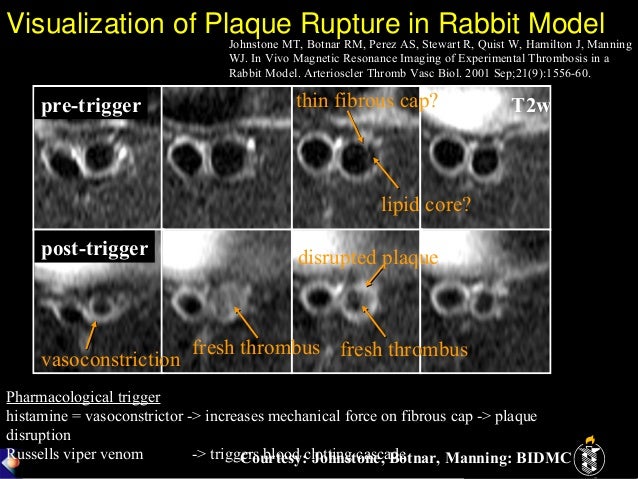

The design objectives for the next generation of MR contrast agents will likely focus on prolonging intravascular retention, improving tissue targeting, and accessing new contrast mechanisms. T2 weighted effects are predominant.Ī special group of negative contrast agents (appearing dark on MRI) are perfluorocarbons ( perfluorochemicals), because their presence excludes the hydrogen atoms responsible for the signal in MR imaging. USPIOs smaller than 300 nm cause a substantial T1 relaxation. SPIO's and ultrasmall superparamagnetic iron oxides ( USPIO) usually consist of a crystalline iron oxide core containing thousands of iron atoms and a shell of polymer, dextran, polyethyleneglycol, and produce very high T2 relaxivities.

These agents produce predominantly spin spin relaxation effects (local field inhomogeneities), which results in shorter T1 and T2 relaxation times.

Negative contrast agents (appearing predominantly dark on MRI) are small particulate aggregates often termed superparamagnetic iron oxide ( SPIO). Some typical contrast agents as gadopentetate dimeglumine, gadoteridol, and gadoterate meglumine are utilized for the central nervous system and the complete body mangafodipir trisodium is specially used for lesions of the liver and gadodiamide for the central nervous system. All of these elements have unpaired electron spins in their outer shells and long relaxivities. They (appearing bright on MRI) are typically small molecular weight compounds containing as their active element Gadolinium, Manganese, or Iron. Positive contrast agents cause a reduction in the T1 relaxation time (increased signal intensity on T1 weighted images). MRI contrast agents are classified by the different changes in relaxation times after their injection. Contrast agents are chemical substances introduced to the anatomical or functional region being imaged, to increase the differences between different tissues or between normal and abnormal tissue, by altering the relaxation times.


 0 kommentar(er)
0 kommentar(er)
